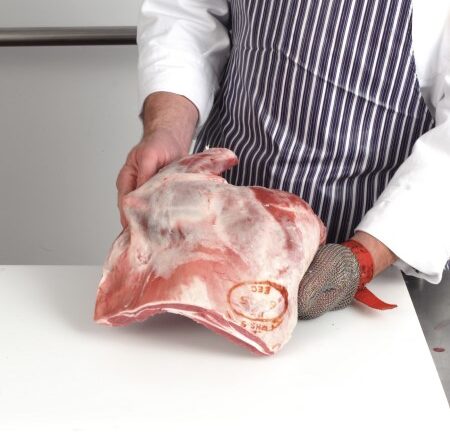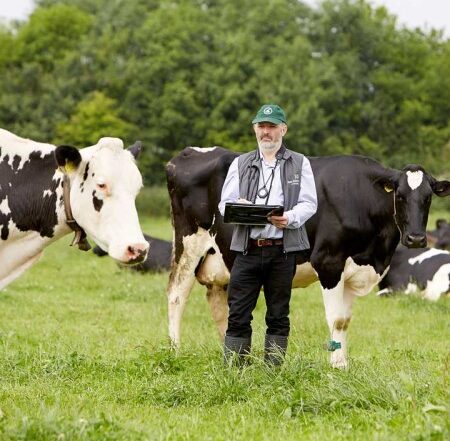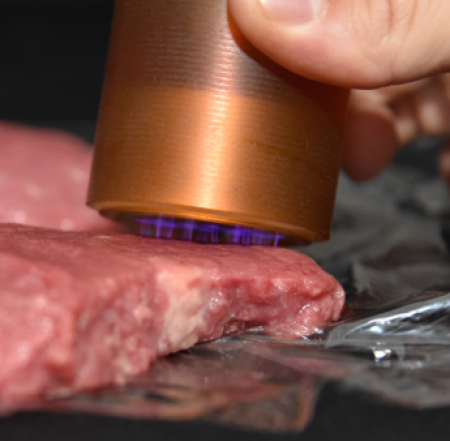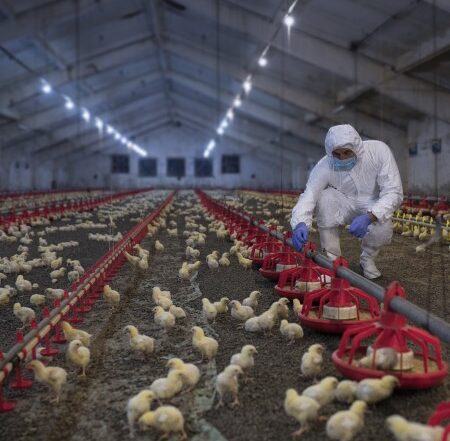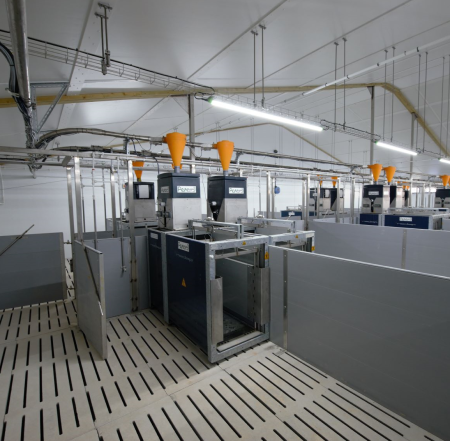CIEL | Case Study: Engineering PRRS Resistant Pigs
Genetics | Reproduction | Behaviour | Nutrition | Health & Welfare | Productivity | Food Integrity | Environmental Impact
Challenge
Porcine reproductive and respiratory syndrome (PRRS) is the most costly infectious disease affecting pigs worldwide. Each year it causes losses of over £1.3 billion to the European pig industry. The worst effects of PRRS are seen in young piglets and pregnant sows. A pregnant sow affected by PRRS will usually abort or give birth to stillborn piglets. Any piglets that survive pregnancy suffer severe breathing problems, dying within the first weeks of life. Up to 80% of young piglets infected by the PRRS virus after birth will die as a result.
Action
The research group based at the University of Edinburgh Roslin Institute have produced pigs that are resistant to the PRRS virus. PRRS is caused by a virus that infects pigs via a receptor on their cells’ surface called CD163. Using their expertise in gene editing techniques, the researchers modified the pig’s genome at a single point. This genetic modification prevents the pigs from correctly producing the part of the CD163 protein required for the PRRS virus to establish an infection. Other than their resistance to the PRRS virus, the changes in the DNA of the pigs does not appear to affect their health or wellbeing in any way. This work is an example of the type of work the LARIF can support. On a molecular level, researchers develop new and advanced techniques for genome editing in the laboratories at The Roslin Institute. They then apply these techniques and implant the genetically edited embryos into female large animals at the LARIF. Farm staff work with the researchers to bring the animals to term in the specialist holding facilities before delivering the genetically modified offspring. This allows them to build up an understanding of PRRS at every level; from the molecules involved to the symptoms of the animals as a whole.
Impact
This work will benefit pig breeders, farmers and the entire chain of pig product users. It will improve the sustainability of the pig industry, while lowering costs of pig products. In addition, engineering resistance will greatly increase the welfare of the pigs and piglets. From a scientific point of view, this work and the fundamental techniques underlying it pave the way for targeting other diseases affecting large animals.
Research capability within LARIF enables researchers to build up an understanding of PRRS at every level.



